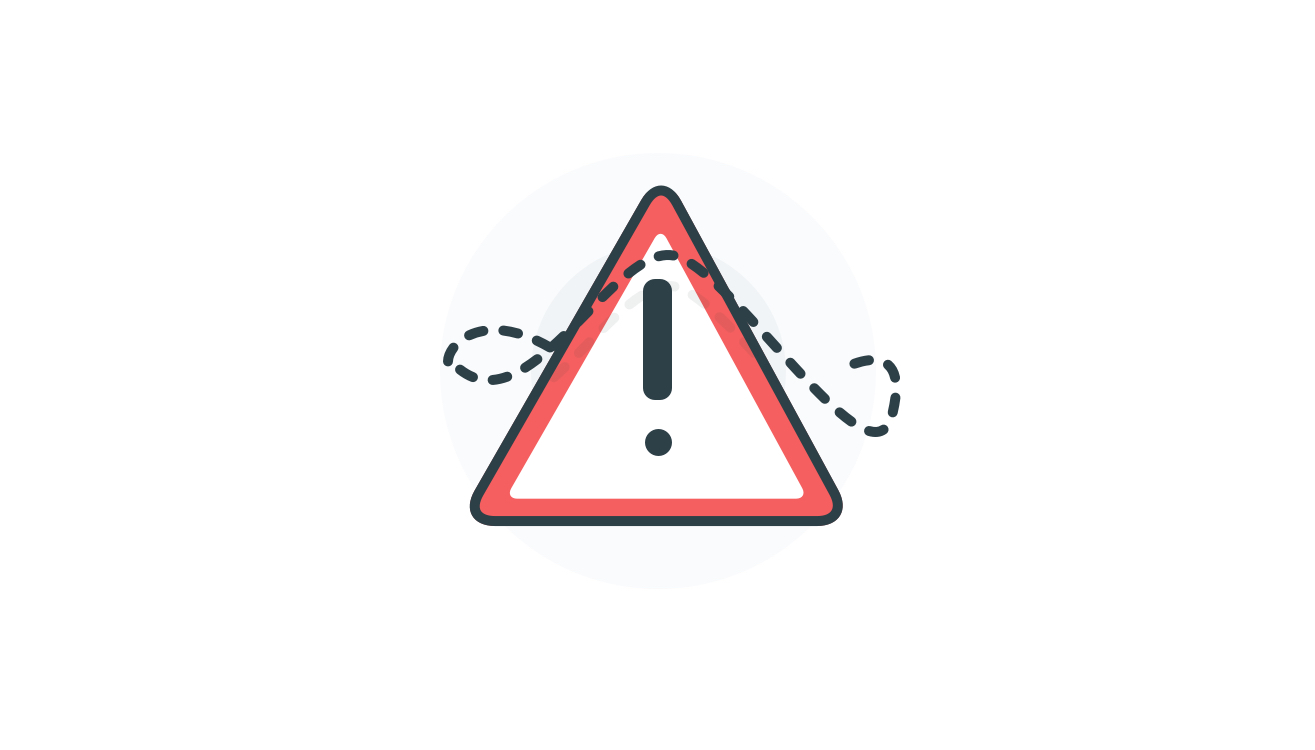
How Content Curation Can Increase Your Influence
January 27, 2016
Productivity
There’s an overwhelming amount of content being created, shared, and repurposed. So it’s important to invest in a curation process that’s great for you and your network, instead of contributing to the noise.

Even with an intentional strategy, current methods for curating content are inefficient and time-consuming. But, by better understanding the true purpose of curation and using streamlined tools and ethical strategies, it can be used as a way to start better conversations, rather than an excuse not to engage.
First let’s talk about what curation actually is and why it’s so invaluable to content marketers.
#What is Curation?
You can think of a curator as someone who acts as a custodian of art at a museum.
Curators, though, don’t just haphazardly display their art in a random order in rooms. A great deal of thought goes into which pieces to display, especially in relation to one another. They’re often grouped by theme, time period, artist, medium, or expression. Curators carefully select artwork in order to convey a certain feeling or connotation.
curate (verb): select, organize, and present […], typically using professional or expert knowledge
The Oxford English Dictionary
When applied to content curation specifically, a curator—someone who is purposefully sharing content with an audience—first carefully chooses interesting articles, blog posts, rich media, and social statuses. Then they organize them and share them with their network.

The key is choosing the best, most-relevant content in your niche—content that connects with your audience—plus adding your own commentary when you share it.
Only sharing out content that seems interesting just contributes to the noise. Being thoughtful and contributing your voice alongside the content positions you as an industry expert and thought leader.
This video from Centerline Digital does an excellent job recapping content curation. It highlights how the presentation of material is what really delivers meaning to your audience.
#The Dangers of Content Curation
It’s important to note that curation done incorrectly can do more harm than good for your brand.
Often people treat curation as a set it and forget it process. They use social media schedulers such as Buffer and Hootsuite to send out content to their audience automatically.
Using these tools is smart and seamless. But if you’re just scheduling content, not adding your own perspective, and not following up with interactions, you’re missing out.

Be careful not to let curation discourage you from creating your own content. Finding the right balance between creation and curation can take some trial and error. Don’t forget your audience wants to hear your thoughts and ideas—not just what you think of others’.
If you self-promote too often it can be off-putting, but it can be just as bad the other way (and can even drive traffic away if you’re not balanced!).
Remember, content curation is a tool to spark conversations. It’s not there to replace interacting with your audience.
#Deciding What Content to Curate
Sharing a variety of content types—news articles, blog posts, rich media, and social posts—keeps your feeds interesting and refreshing. So be sure to consider what your audience is looking for.
Too much of one type of content can seem redundant and almost robotic.
Even more important than medium, however, is the quality and relevance of the content you’re curating. Ask yourself the following questions:
- Is this published by a reputable source?
- Will my audience be informed or entertained by this?
- How does this relate to my own content?
- Does this offer a unique perspective on a topic in my niche?
- Will I be able to add my own commentary?
You don’t have to curate all the things. In fact, you shouldn’t. Asking these questions will make sure what you’re sharing is the most effective.
#A More Efficient Way to Curate
Current methods of curation involve multiple processes and tools. Too often the search for good content involves Google searches and Pinterest scrolling, giving endless pages of broad results.
The content that stands out is Pocket-ed or bookmarked, then eventually added to Buffer or Hootsuite.
All these tools and platforms are wonderful and useful, but there’s a few alternatives that can simplify the process while also adding value.
##Turn to Your Newsfeed First Chances are you already follow individuals or brands who are generating high-quality, relevant content that others in your network would enjoy.
Not only will you have plenty of fodder for curation, but you will also fortify those relationships by exposing their work to a larger audience. Adding your own perspective to their content and starting conversations can lead to other opportunities (perhaps even collaboration).
##Streamline Your Sources
If you prefer to pick your own sources—and want to compile them into one place—add their RSS feeds to an RSS Reader like Feedly.

You’ll still have to click into each article, but you can share directly to social media or send them to Buffer, Hootsuite, and more.
This allows you to look at the sources you already know and trust, helping you stay on top of the content they’re producing.
##Use a Product Designed for Curation
Often Google searches provide only broad results or content suggestions that are surfaced because of their virality.
Worse still, the content shared on social media has probably been shared across your network many times already. Using a content discovery tool like UpContent will help you share content that’s fresher and more relevant.
With multiple search queries per topic, you can get exactly the kind of content you’re looking for. You can share right from there, or easily send content to Buffer or Hootsuite. Or even share a curated feed directly with your audience.
#One Last (and Most Important) Step
So, you’ve found some awesome content your audience will love and you’ve found the tools that work best for you. Good job!
Now before you click that post button, don’t forget that it’s not enough to just share the title and link to that killer news article. If you watched the video above, you’ll remember how you present material is just as important as the quality.
You’re sharing that content, so you obviously have some sort of connection with it. So will your audience. By taking advantage of the opportunity to add commentary, you’ll get more out of the share than just a few clicks.
Add your perspective on the topic. What do you have to say about this piece of content?
- Ask a question. What do you want to know more about after reading this content? Now you’ve given your audience even more opportunity to reply and start a conversation.
- Provide feedback. Reply to any questions the author may have posed or shed some insight on the topic.
- Don’t forget to tag the author and/or someone who can also weigh in. Not only is this ethical, but it can open doors to valuable conversations and connections.
By actively participating in your own curation, you remain just as strong a presence as the content you’re sharing.
You can eliminate the time-consuming and inefficient nature of curation by using the right tools. Paired with a great strategy, this will help you position yourself as a thought leader, and spark the important connections you want to make.